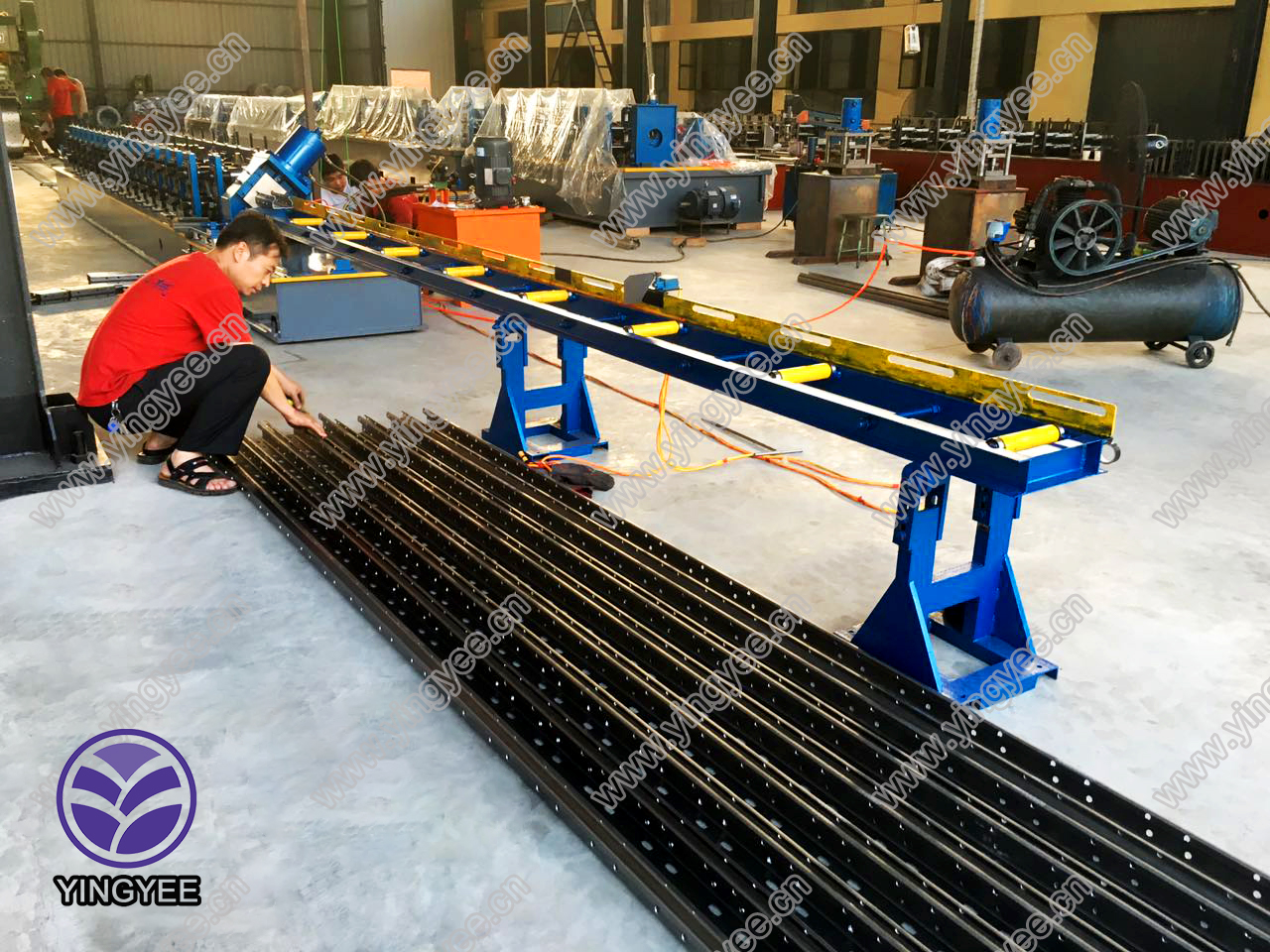
The Versatility and Efficiency of Metal Ceiling Stud and Track Systems A Deep Dive into Roll Forming Machinery
In modern construction, the demand for durable and lightweight building materials has led to the widespread adoption of metal ceiling stud and track systems. These systems are essential in creating efficient interior frameworks for a variety of applications, including residential, commercial, and industrial buildings. At the heart of this productivity is the roll forming machine, particularly in the production of components like C channels, main channels, and wall angle profiles.
The Role of Metal Ceiling Studs and Tracks
Metal ceiling studs and tracks provide structural support for ceilings and walls, offering significant advantages over traditional wood framing. They are resistant to warping, twisting, and insect damage, making them a dependable choice for myriad environments. Furthermore, metal framing is often more cost-effective in the long run, as it requires less maintenance and has a longer lifespan.
One of the most prevalent configurations in metal framing is the use of C channels and main channels for ceiling grids. C channels serve as vertical supports, while main channels provide the horizontal framework that supports ceiling panels. The versatility of these components allows for easy installation and adjustments on-site, ultimately leading to more efficient construction timelines.
Understanding Roll Forming Machines
Roll forming machines are critical in the manufacturing process of metal framing components. These machines continually shape metal sheets into desired profiles as they pass through a series of rollers. This method ensures high precision and allows for mass production of uniform products, which is crucial in the construction industry where consistency is key.
The roll forming process begins with flat metal coils, which are fed into the machine. As the coils move through the rollers, they undergo a series of bending and shaping processes to create the final product—such as C channels and main channels. The capabilities of roll forming machines extend beyond basic shapes to more complex profiles, including wall angles and various custom designs.
The Advantages of Roll Forming for Metal Components
1. Efficiency Roll forming significantly reduces manufacturing time compared to traditional methods. The continuous process enables the rapid production of components, fulfilling the high demand in the construction sector.

2. Precision The use of advanced CNC technology in modern roll forming machines ensures that each product is manufactured to exact specifications, minimizing waste and ensuring quality.
3. Versatility Roll forming machines can be easily adjusted to produce a range of profiles without the need for extensive downtime or retooling, accommodating various project requirements.
4. Material Utilization The process generates minimal waste, as metal sheets are shaped rather than cut, making roll forming an environmentally friendly choice for manufacturers.
5. Cost-effectiveness The reduced labor and material waste associated with roll forming contribute to lower production costs, providing an economic advantage in competitive construction markets.
Applications of Metal Framing Components
The versatility of metal framing systems extends to numerous applications. They are commonly used in
- Commercial Buildings Office spaces, retail outlets, and warehouses benefit from metal ceilings for durability and aesthetic appeal. - Residential Construction More homes are incorporating metal framing for their resistance to common issues faced by wood, such as moisture damage and pests. - Industrial Facilities Warehouses and factories utilize metal framing for both structural support and efficient layout designs.
Conclusion
As the construction industry continues to evolve, so does the technology behind the manufacturing of metal framing components. Metal ceiling studs and track systems, supported by innovative roll forming machinery, present vast advantages in terms of efficiency, precision, and versatility. By choosing metal framing, builders not only enhance the durability of their structures but also pave the way for more sustainable construction practices. The future of building design looks bright as these advanced technologies become increasingly integral to modern construction methods.